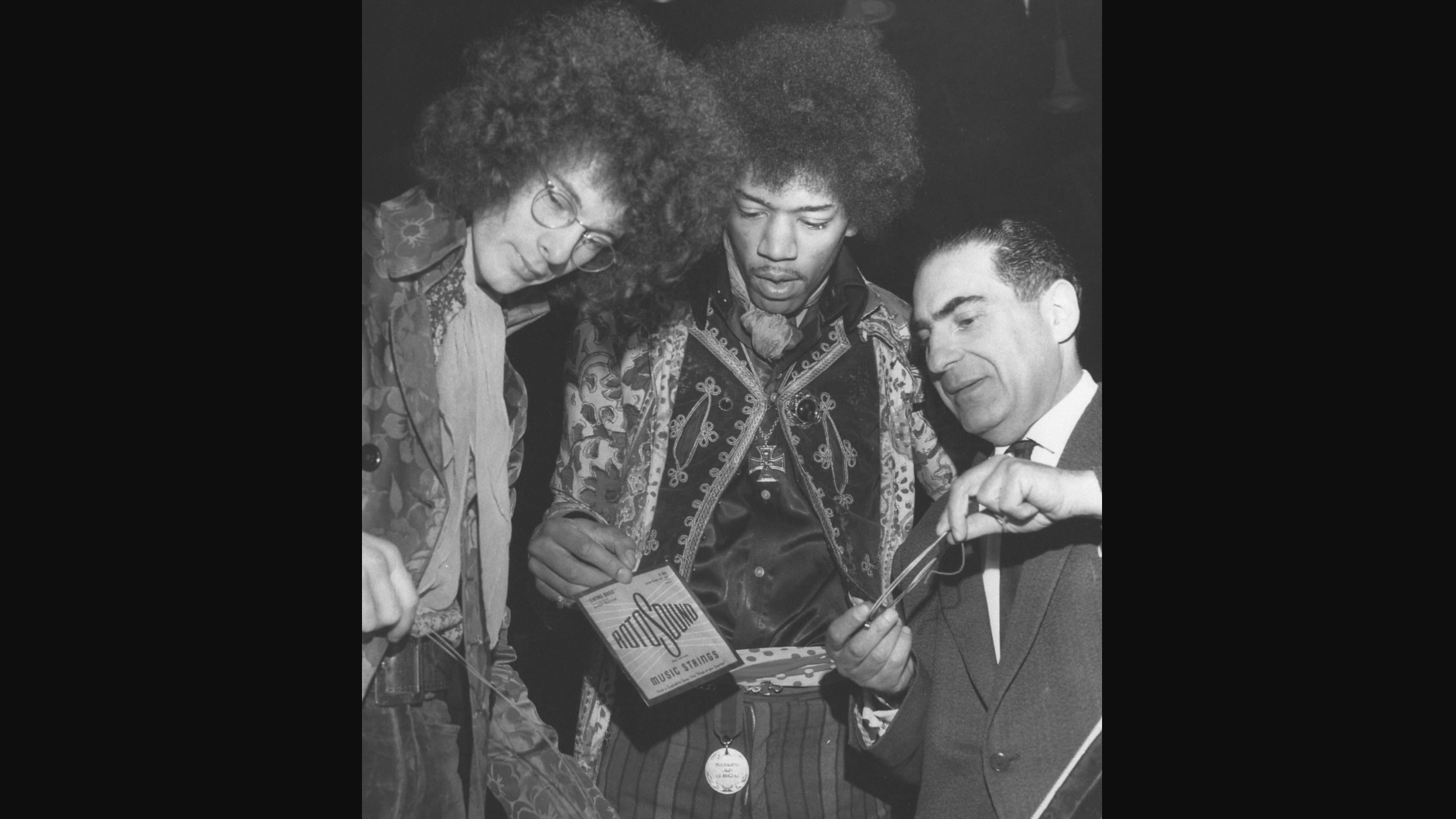From the Beatles and Jimi Hendrix to Rush and Guns N’ Roses, Rotosound bass strings have powered rock’s most iconic recordings
Anywhere there’s great music being made, there’s also Rotosound strings

Rotosound strings are a mainstay of bass guitarists today, and it’s no wonder – the brand’s history and influence on rock ‘n’ roll stretches back to the music’s earliest days.
The company was founded in 1958 by James How, a British engineer who became obsessed with zithers after viewing the 1949 film The Third Man, which featured the instrument on its soundtrack. Having amassed some 250 broken or stringless zithers, How repaired and sold them, and with the proceeds developed a semi-automated string-winding machine, the first in England.
Named Top Strings, and later Rotop Strings, the brand was eventually called Rotosound and became the choice of many players during the electric guitar boom of the early ‘60s. Over the years, Rotosound has been used by the Beatles, Jimi Hendrix, the Who, Pink Floyd, Yes, Led Zeppelin, the Buzzcocks, Queen, Guns N’ Roses, Iron Maiden and Oasis, among many others.
As for just a sampling of the iconic records that are powered by Rotosound? How about classic rock staples like Who’s Next, Abbey Road, Led Zeppelin III and Electric Ladyland.
Or prog epics like Close to the Edge, Dark Side of the Moon and Moving Pictures.

You can also find Rotosound at the heart of ‘80s smashes like The Joshua Tree, Synchronicity and Meat is Murder, punk and glam classics like Transformer, Diamond Dogs and Never Mind the Bollocks, Here’s the Sex Pistols, and even thunderous metal masterpieces like Ace of Spades, Appetite for Destruction and The Number of the Beast.
From the Swing Bass 66 stainless steel roundwound to the Solo Bass 55 stainless steel pressurewound, the Jazz Bass 77 monel flatwound to the Tru Bass 88 nylon-on-steel tapewound, anywhere there’s great music being made, there’s also Rotosound strings.
And more than 60 years later, Rotosound still produces those bass strings (and, these days, expansive offerings for electric and acoustic guitar, as well as ukulele, banjo and other traditional instruments) in much the same way it always has – by hand in the family-run factory in Kent, England. The result is that Rotosound continues to shape the sound of rock ‘n’ roll for a new generation, much like it helped to define it in eras past.
To grab a piece of history that will also help you shape the sound of the future, head over to Rotosound.
Get The Pick Newsletter
All the latest guitar news, interviews, lessons, reviews, deals and more, direct to your inbox!
Rich is the co-author of the best-selling Nöthin' But a Good Time: The Uncensored History of the '80s Hard Rock Explosion. He is also a recording and performing musician, and a former editor of Guitar World magazine and executive editor of Guitar Aficionado magazine. He has authored several additional books, among them Kurt Cobain: Montage of Heck, the companion to the documentary of the same name.

